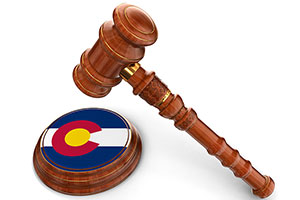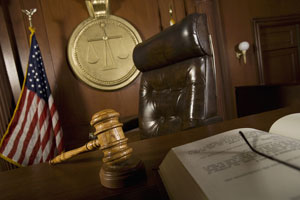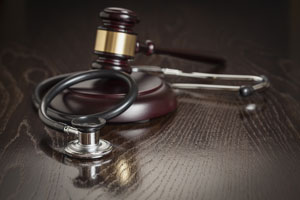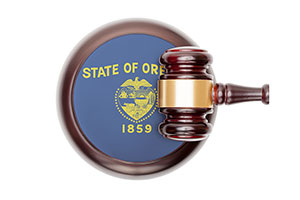A City Councilman in Norman, Oklahoma has asked a cannabis expert witness to testify at his criminal trial where he faces charges of distributing drug paraphernalia. The expert has been called to testify that glass pipes sold in a shop where the defendant used to work can be used to smoke more than just marijuana, which supports the defense’s position that the merchandise should not be considered drug paraphernalia.
Oklahoma City Councilman Faces Drug Paraphernalia Charges
Stephen Tyler Holman, a City Councilman in Norman, Oklahoma, faces felony drug charges for his work as a manager of a shop known as the Friendly Market which sold, among other things, glass pipes which investigators concluded were for the express purpose of smoking marijuana. According to police and prosecutors, Holman violated Oklahoma law by selling paraphernalia used to ingest marijuana, which is illegal in the state. Despite a growing trend across the country which has seen eight states legalize recreational marijuana, more than half of the states legalize medicinal marijuana, and close to 60{d61575bddc780c1d4ab39ab904bf25755f3b8d1434703a303cf443ba00f43fa4} of the public support legalization of the drug, Oklahoma law enforcement maintains a strong stance against pot.
Councilman Holman and other employees of the now-closed Friendly Market were arrested for dealing merchandise associated with marijuana after a 2015 police raid found more than 400 glass pipes. According to investigators, Holman convinced the owner of the Friendly Market to continue to sell glass pipes to customers who intended to use them for illegally smoking marijuana. Although police did not find any drugs either on the premises or on Holman, he and another employee face a single felony charge of acquiring proceeds from illegal drug activity and a misdemeanor charge of possession of drug paraphernalia.
Defense Points to Pot Experts in Criminal Trial
Central to Holman’s defense is his contention that the pipes, which were sold as “multipurpose tubes,” are not drug paraphernalia because they can be used for a variety of reasons — not just to smoke drugs. In preparation for trial, Holman’s defense team announced they would call two expert witnesses to inform jurors that the pipes sold at the Friendly Market could be used to smoke several different plants, and therefore could be sold for strictly legal purposes.
Emanuel Doshie bills himself as an expert witness in “glass work and glass art,” and is expected to tell jurors that the pipes sold by Holman are created and distributed for legal use. The prosecution’s only real evidence against the defendant is the pipes, and if the defense team can successfully demonstrate by use of a glassworks expert that the pipes are not inherently paraphernalia then the case against Holman is weakened significantly. To further this end, Holman has also tapped Howie Brounstein, who is the director of the Columbines School of Botanical Studies located in Eugene, Oregon. Brounstein is considered an expert witness in “different types of herbs, including smoking herbs,” and will tell jurors that other, legal, plants can be ingested using the pipes sold at the Friendly Market.
Cannabis Experts Highlight Diversity of Expert Testimony
As Holman’s trial continues, jurors are expected to hear testimony from the two cannabis expert witnesses during the proceedings, highlighting the expansive use of experts in the American criminal justice system. Although cannabis expert witnesses are not a common feature in criminal trials, their use to dispute the purpose of glass pipes shows that any expert in any field can be called upon to help judges, attorneys, and jurors understand the circumstances of a case well enough to make an informed legal decision.
While Holman’s use of cannabis expert witnesses will surely provide some degree of courtroom theatrics, the judge has determined that both are qualified experts in their field who can contribute to the case without creating a distraction. The testimony has already been limited to exclude smoking demonstrations, with instructions to focus on informing jurors about the use of the glass pipes which are central to the prosecution’s case against Holman. The trial is expected to conclude in early May.











